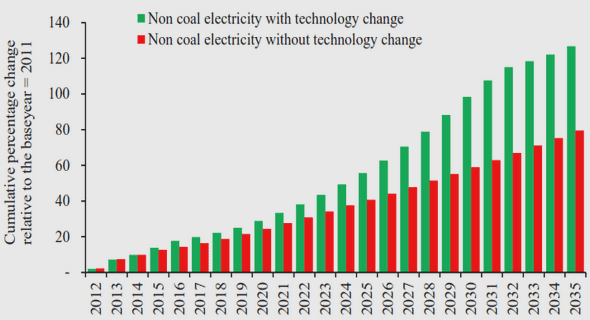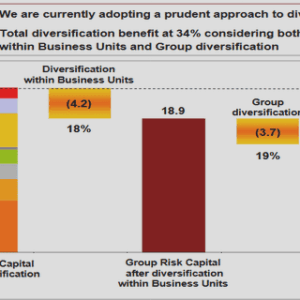(Downloads - 0)
For more info about our services contact : help@bestpfe.com
Table of contents
CHAPTER 1: General introduction
1.1. Problématique
1.2. Plan de la thèse
CHAPTER 2: In-depth review of earthquake insurance solutions
2.1. Introduction
2.2. Earthquake insurance market in California
2.2.1. Historical background
2.2.2. Focus on the California Earthquake Authority
2.3. Main differences with earthquake insurance models in France, India and Indonesia from an economic perspective
2.3.1. The insurance premium
2.3.2. The loss allocation
2.3.3. Insurance companies’ solvency
2.4. Challenges and opportunities in earthquake insurance market development
2.4.1. A long-term profitable market with extreme loss
2.4.2. A need for being full-covered
2.4.3. A large untapped market despite new insurance solutions
2.5. Conclusions
CHAPTER 3: Limits of earthquake insurance solutions
3.1. Introduction
3.2. California earthquake insurance unpopularity: the issue is the price, not the risk perception
3.2.1. Introduction
3.2.2. Data collection and processing
3.2.3. Model development for the period 1997-2016
3.2.4. Evolution of the homeowners’ risk perception since 1926
3.2.5. Understanding the current low take-up rate
3.2.6. Conclusions
3.3. Assessing the performance of the French « CAT-NAT » insurance plan
3.3.1. Introduction
3.3.2. Review of past CAT-NAT declarations following an earthquake
3.3.3. The CAT-NAT procedure following the 2003 heatwave
3.3.4. An empirical model for the declaration of municipalities in CAT-NAT situation
3.3.5. Modelling the performance of the French CAT-NAT plan in case of extreme earthquakes
3.3.6. Conclusions
3.4. A maturity scale for earthquake insurance development based on the California experience
3.4.1. Introduction
3.4.2. Level “Emerging”: the birth of the earthquake insurance (California 1906 – 1925)
3.4.3. Level “Standard”: An empirical insurance model (California 1926 – 1994)
3.4.4. Level “Advanced”: an insurance model designed to face extreme events (California 1995 – Today)
3.4.5. Level “Sustainable”: current initiatives for a sustainable insurance model (unreached level)
3.4.6. The maturity scale for earthquake insurance
3.4.7. Conclusions
3.5. Summary
CHAPTER 4: Improving the risk modelling
4.1. Introduction
4.2. Comparing probabilistic seismic hazard maps with ShakeMap footprints for Indonesia
4.2.1. Introduction
4.2.2. Dataset
4.2.3. The testing method
4.2.4. Testing PSHA maps for Indonesia
4.2.5. Conclusions
4.3. Assessing the performance of existing repair-cost relationships for buildings
4.3.1. Introduction
4.3.2. The Earthquake Damage Database
4.3.3. Using the Earthquake Damage Database to test existing damage-cost relationships
4.3.4. Example: the Nepal Mw7.8 earthquake
4.3.5. Testing some existing damage-cost relationships
4.3.6. Conclusions
4.4. Summary
CHAPTER 5: A new insurance model
5.1. Abstract
5.2. Introduction
5.3. Example of the CEA insurance model
5.4. A life insurance mechanism to increase affordability
5.5. Case studies on cities of San Francisco and Los Angeles
5.6. Leveraging on building retrofitting works for a risk reduction
5.7. Involving homebuilder companies and public authorities in the insurance scheme
5.8. Conclusions
CHAPTER 6: General conclusions and perspectives
Data and Resources
Bibliography
Appendix
A. The Expected Utility theory
B. Solution of the expected utility maximization equation
C. Expression of the premium amount P1 when considering the date of retrofitting works
D. Calculating the premium amount in case of time independent earthquake model

